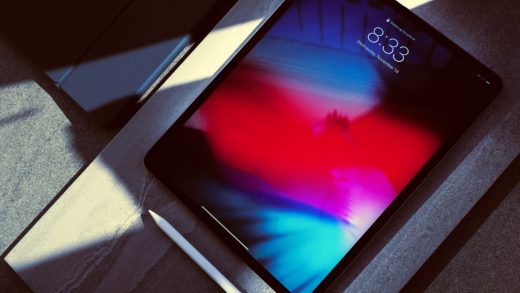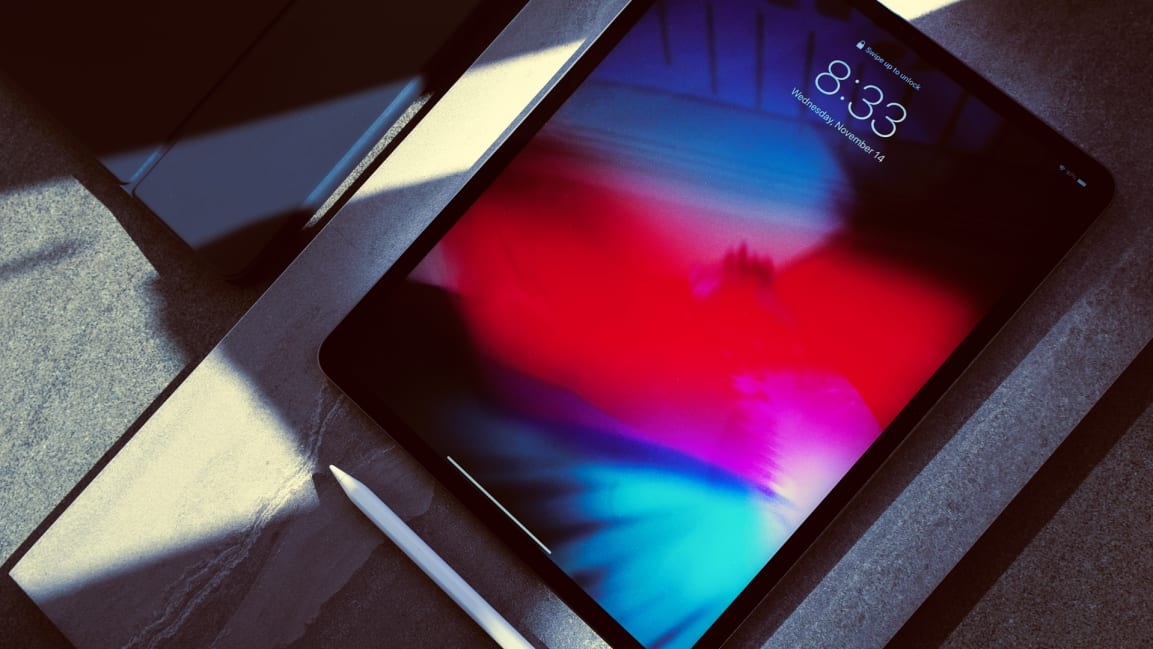Why the iPad is still shaping the future of computing
Apple celebrated the 10th anniversary of the iPad a few weeks ago. And even though the iconic tablet’s biggest days are probably behind it, it continues to have a lot of influence the way computer makers design laptops, tablets, and hybrids today.
I was privileged to be at the iPad launch and to hear Steve Jobs talk about the new device’s potential impact on the mobile computing market. He said that the iPad is the real computer for the masses. If PCs and laptops are like trucks, he argued, then iPads would be like cars. People purchase trucks to do specific jobs, like hauling, Jobs explained, while cars are everyday vehicles used for all kinds of tasks. That’s why the majority of vehicles on the roads today are cars, not trucks.
For awhile, it appeared that Jobs might have been right. Apple gave the iPad its own flavor of iOS, which helped inspire developers to go out and create great apps that exploited the size and functionality of the new device. All that helped push the iPad into the mainstream relatively quickly.
But after a couple of years of solid growth, iPad unit sales peaked in 2012, and demand for the devices has decreased significantly since then. Today, PCs and laptops still outsell iPads by a large margin.
Some commentators have taken this to mean that Apple’s iPad experiment is a failure. But that’s a one-dimensional argument. The iPad is still the best stand-alone tablet on the market. And it continues to evolve toward becoming a more capable productivity machine. That’s reflected in its operating system, which is now called iPadOS. As Apple has been driving developers to create more powerful productivity apps, iPads have become more like Macs.
In fact, five years from now, it may be very hard to tell the difference between the two. Macs will always be more powerful—and thus better for industrial-strength tasks such as video production—but it will be difficult to tell the difference at the app and OS level. Apple is already bringing iPad apps to the Mac via Project Catalyst. And thanks to the iPad Pro hardware and new iPadOS feartures, the iPad is becoming more capable of competing with older platforms.
Regardless of where Apple takes the iPad, the old argument of whether any pure tablet can ever replace a laptop will continue on.
Influence matters
As the iPad continues to evolve, it continues to influence the entire industry. Since it came to the market, traditional PC makers have embraced the value of the tablet, and have made it a part of many new laptop designs. For example, Microsoft’s Surface, and many other two-in-ones, sport a tablet mode as well as a full computing mode, by letting you swivel the keyboard out of the way or detach it altogether.
To some extent, the PC makers have bought into Jobs’s view that the tablet could be the more versatile platform—while at the same time acknowledging that a tablet alone can’t handle all of the productivity tasks of the average consumer. Many iPad owners use their device for most productivity tasks, and only default to their laptop or PC if they have projects that demand more compute power.
When I talk to the designers of mobile devices at the big PC companies, they say that for now, they’re going to keep innovating around the clamshell and hybrid computer designs that permeate the mobile computer market. However, they too believe that the common clamshell design of laptops will, at some point, go away. Eventually, a hybrid or some form of (more powerful) tablet will eventually emerge as the mainstream portable computing device.
PC companies are also interested in new folding laptop designs, which use flexible display materials. Lenovo will be the first to bring out a folding laptop this summer. Others will follow with folding laptops, as well as additional hybrids of various designs and screen sizes, including Microsoft’s upcoming Surface Neo and Surface Duo.
These new folding laptops work well as stand-alone tablets, and when opened up, they give users enough screen real estate to do more powerful computing tasks. At the moment, the early models of folding laptops need an external keyboard and mouse to make them easier to use for more powerful productivity apps.
But over the next few years, these hybrids and foldable laptops will become even more accessible. I predict that by 2030, traditional clamshell laptops will disappear. By the end of this decade, it’ll be even clearer that portable computer designs can be traced back to Apple’s iconic tablet. Whatever its sales trajectory, the iPad should be seen as a historically important device that sent the mobile world in a new direction.
(33)



